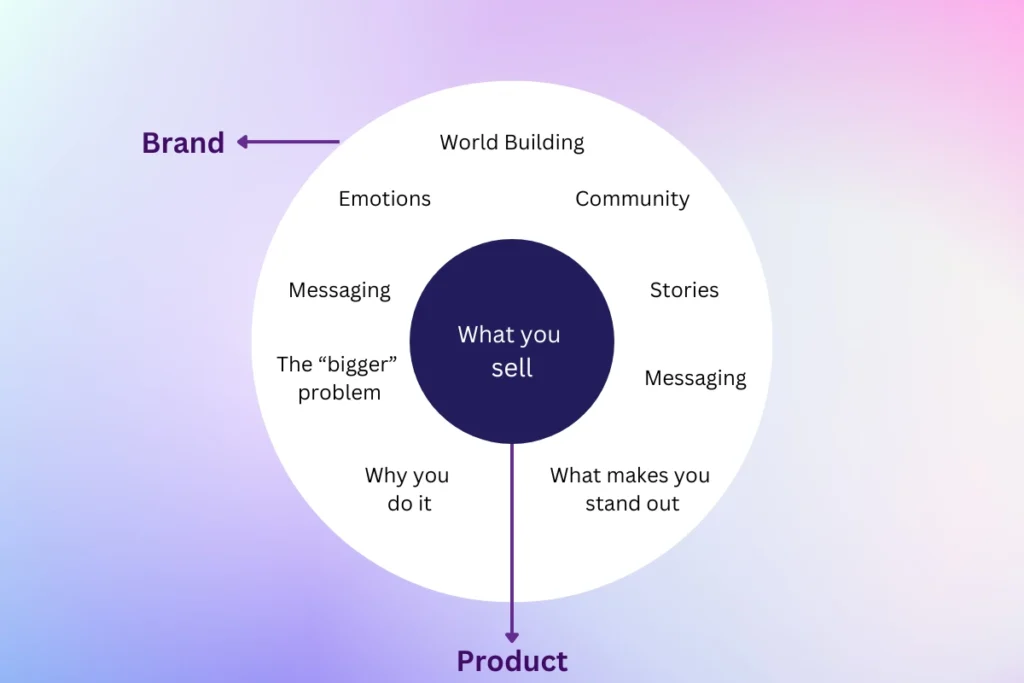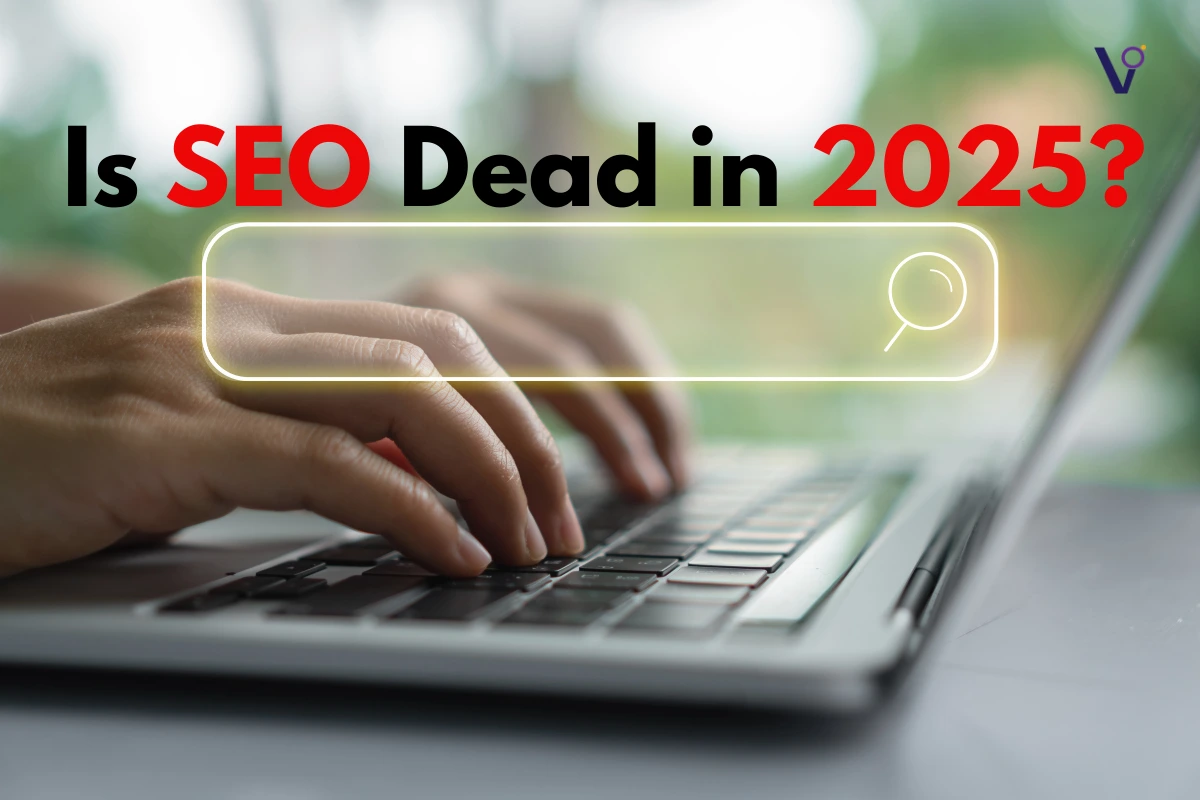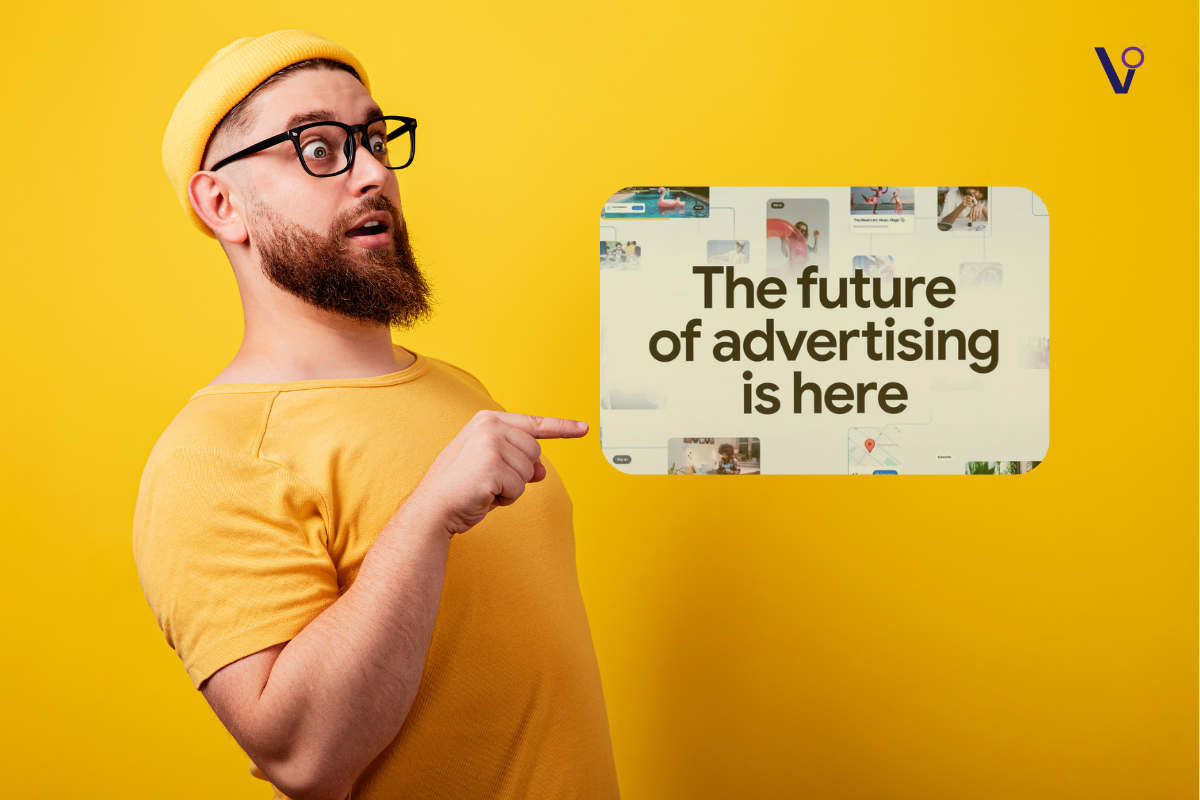Is there any difference between branding and marketing? If you said no, what is your logic? If yes, hi. We will tell now how different they are. The two are often confused, but they very much do not define the same. Ok, let’s unpack and find out how branding is different but works in conjunction with marketing to take your business forward.
1. What Is a Brand?
Probably the first idea that pops in your head is something like logo, product, or slogan. That’s not entirely wrong, but you are also not entirely correct. A brand is more than what the eye can see—it’s what you cannot see, like logos or slogans.
Welcome to this blog. Let’s take branding back to basics in the hope that it will help you create a better business. Branding is an abstract concept—something we can all feel but struggle to define. It’s not just one thing but a mix of associations that live in your audience’s mind.

Here’s the tricky part: every customer creates their own version of your brand based on their unique experiences with your product, messaging, culture, and even how your employees act. Your job? To ensure those feelings align with the story you want your brand to tell.
For example:
- Rolex evokes status and power.
- Apple inspires innovation and creativity.
- Nike fosters a sense of discipline and inspiration.
A brand exists in your audience’s head, which is why getting it right is so critical.
2. Brand vs. Company

To me, it boils down to one thing: perception.
Think of it this way:
- Your business is an acronym for you in public; your brand is merely your reputation.
- A company is practical, but a brand is emotional.
- A company competes on price, while a brand competes on value.
- A company exists because of its operations, but a brand exists because of its associations.
Here is the important part: A brand should have a place, but a place not every company must have a brand. Many companies don’t care or bother to build a brand. While a company can exist without a brand, it’s brands that create loyalty, legacy, and vulnerability.
3. Branding vs. Marketing
Almost everybody is all mixed up between them.
- Marketing is the short-term push to sell your business. They are all the different methods you use to yell your message too the world and get it heard. maybe ads social media, e-mail, events, etc.
- Branding is what the actual message is that you want to convey… It’s literally the structure of that message. Marketing is the one-year mission statement of what you are, what you stand for and making people care. For example, add on ads, social media, emails for events the like.
It’s this way of thinking:
- Marketing is the megaphone.
- Branding is the message.
To illustrate this, let’s look at how we worked with Meza Mania, a restaurant in Doha, Qatar.
- Branding
- We helped solidify Meza Mania’s identity by designing employee uniforms, menus, and visual assets.
- To keep the brand having the same voice and smell in all customer set points.
- Marketing
- We ran Facebook/Snapchat ads to increase exposure.
- The team also put together social media content about Meza Mania’s mouthwatering menu and friendliest vibe.
- These efforts drove online orders and customer engagement.
By combining effective branding with powerful marketing tactics, we helped Meza Mania stand out in a competitive market.
Branding creates trust and loyalty. Marketing drives attention and action. Together, they form a complete strategy to grow your business. First and foremost, build a really strong brand and then market it out to the world. But Viral Omega takes a branding-over-marketing approach. We specialize in marketing for brands, but make sure every single time that you billboard, it’s just another billboard for somebody else.
Let us help you achieve both!
If the message is not clear, even the most amplified megaphone will not get you the results you seek.
4. Why Simplicity Matters
People need simplicity, so focus on one message at a time. When you overload your audience with too many ideas and call actions, they won’t be eating it.
Whether it’s an ad, a webpage, or an email, make sure each piece of content has one key takeaway. Next time you create something, ask yourself:
- What’s the one thing I want my audience to remember?
- Does this piece of content communicate that in the clearest way?
Simplicity wins. This is a marketing strategy that works.
5. The Purpose of Branding
Branding isn’t just about looking good; it’s about solving problems.
Every aspect of your brand—content, ads, and product launches—should show your audience that you’re the guide to their solution. Create messaging that speaks to their challenges, visuals that build trust, and a voice that resonates with them.
When you start branding, don’t ask, How can I look good? Instead, ask:
- What’s the one thing I want my audience to remember after seeing this?
- Does this piece of content communicate it in the clearest way?
Final Thoughts
Branding builds consistency, which leads to trust, and trust leads to loyalty. If your audience knows what to expect from your brand at every touchpoint—whether it’s your logo, tagline, or customer service—they’ll choose you over the competition.
So, remember:
- Marketing without branding is like driving without a map—it might seem fun at first, but you’ll eventually get lost. Branding is your roadmap, and marketing is the stops along the way. Invest in branding first, and you’ll save time, money, and effort in the long run.
Now, go create content that builds your brand, tells your story, and solves problems. Your audience will thank you for it!
Branding shapes your identity; marketing promotes your product. Both are essential but have different objectives.
Branding fosters trust, loyalty, and emotional connections, differentiating your business and influencing customer decisions.
Consistency, creativity, clarity, commitment, and consultation help build a strong and impactful personal or business brand.
Define your brand, design brand identity, communicate effectively, and consistently deliver the promised experience.



